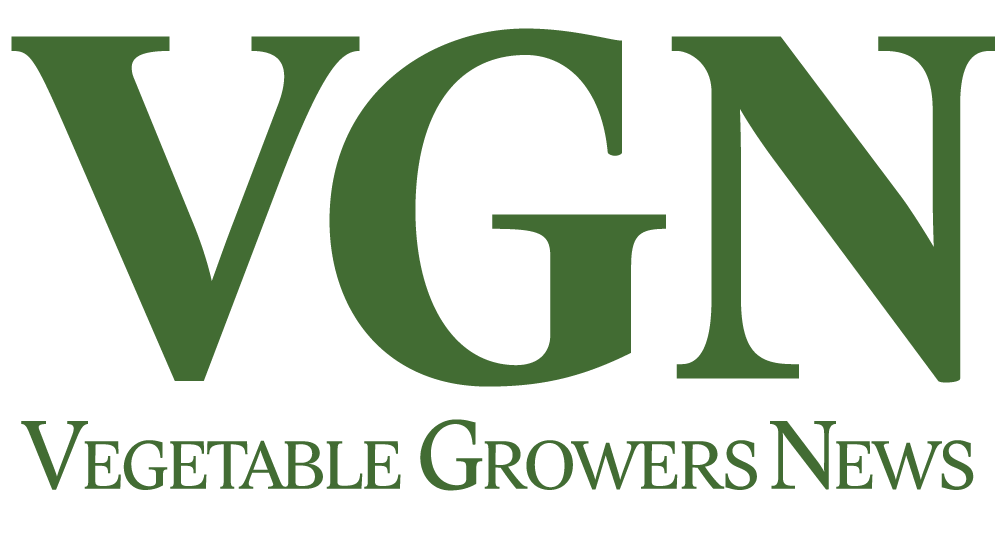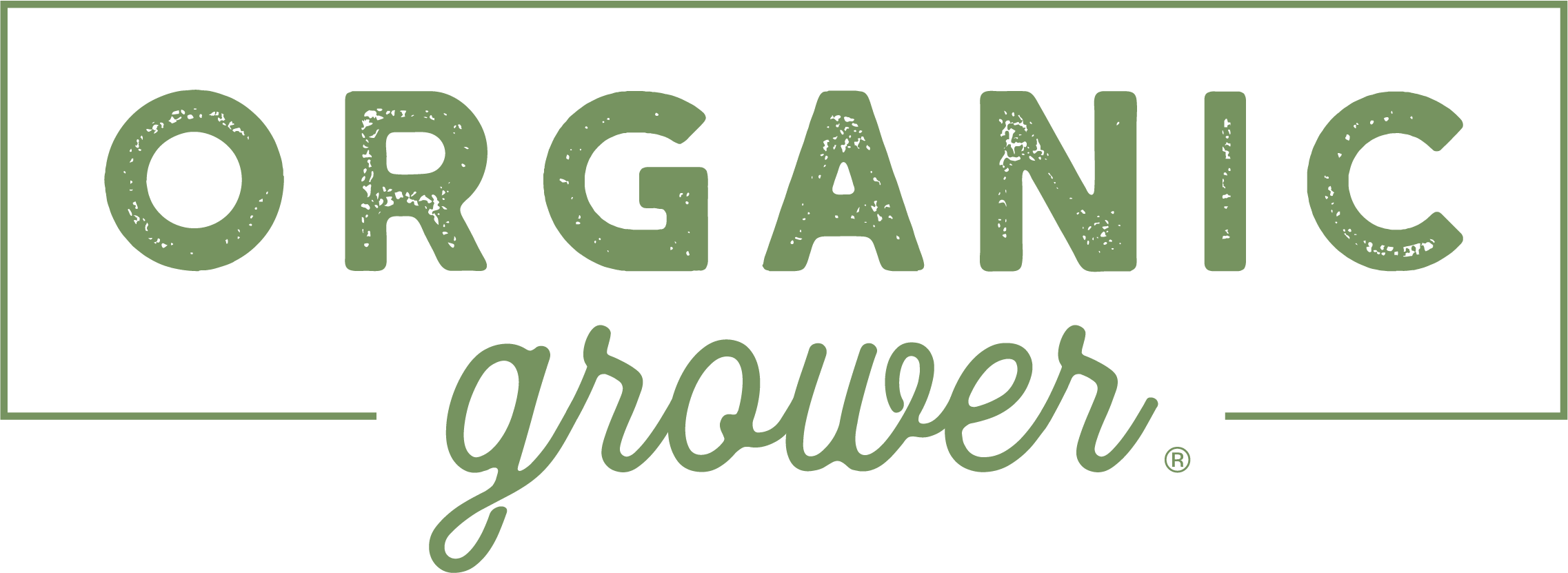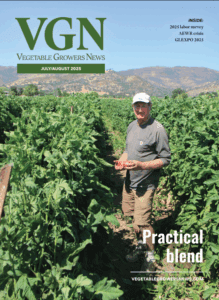Mar 13, 2025HM.CLAUSE’s commitment to high-quality bean varieties
Advanced breeding and regional expertise for growers
Ask the Expert
(Sponsored) As demand for high-quality fresh market beans grows, selecting the right seeds is key to yield, disease resistance and climate adaptability. HM.CLAUSE leads in innovation, developing varieties that meet industry needs. Kristin Colson, northeast technical sales representative at HM.CLAUSE, Leo Camelo, southeast sales manager at HM.CLAUSE, and Mark Butler, product manager of beans and radish at HM.CLAUSE shares insights on top-performing beans, breeding priorities and market challenges.
1. What key factors do growers and distributors prioritize when selecting bean seeds?
“HM.CLAUSE relies on constant customer feedback when selecting new green bean varieties. Our customers emphasize focusing on yield, heat and disease tolerance, pod quality and harvestability — ensuring the variety pick clean of plant debris and breakage,” Camelo said. “This shared collaboration ensures we are producing the best quality seeds in the industry that satisfy the needs of our customers.”
2. Can you highlight some of the top fresh market bean varieties your program offers?
“It starts with Caprice, our workhorse variety with 56-day maturity and medium dark pods on an upright plant. This variety has a proven reputation in the industry for many years, setting the standard for yield performance, consistency, quality, disease resistance and wide adaptability,” Colson said.
“For notable improvements in our range:
Bartram — This variety has 56-day maturity, dark pods, and delivers consistent yields of quality beans on an upright plant for efficient harvest. Bartram has a good pod shelf life and has better protection against viruses and rust. Responding to climate change, Bartram provides improved heat stress performance in hot and humid environments, and has been recognized at HM.CLAUSE with an internal R&D innovation award for responding to climate change.
LaSalle — With 54-day maturity, high consistent yields, efficient harvestability, good heat and disease tolerance, this variety delivers quality dark pods for bagging and has excellent root health.
Colter — Offering 53-day maturity with medium dark green pods, this vigorous, earlier and adaptable workhorse variety with heat tolerance and added bean rust resistance is useful as a rain gap variety.”
3. How does your sales approach address different regional needs for bean production?
“We strive to know our regional markets well, including bean growing conditions and what bean growers need for successful crops,” Colson said. “For instance, our customers have areas of production where soil-borne diseases are an issue. In these areas, we would discuss the benefits of using a variety like LaSalle, which has tolerance to the pathogens that cause these diseases, with the distributors and growers.”
4. What are the key traits your breeding program focuses on for fresh market bean varieties?
 “Superior performance is a key focus, including high yield, industry-leading quality, and uniform dark pods designed for bagged and boxed products,” Butler said. “As part of this, we focus on adaptation and consistency in responding to climatic and agronomic challenges, particularly improvements in heat stress tolerance and root health.”
“Superior performance is a key focus, including high yield, industry-leading quality, and uniform dark pods designed for bagged and boxed products,” Butler said. “As part of this, we focus on adaptation and consistency in responding to climatic and agronomic challenges, particularly improvements in heat stress tolerance and root health.”
“Plant architecture is another primary focus, with upright plant with pods positioned efficiently for today’s easy-pick machine harvest, paired with improved disease resistance with better protection against viruses.”
“Additionally, improvements in seed technologies and seed treatment technologies help us ensure a strong program overall for both fresh market and processing beans.”
5. How do you ensure your breeding efforts align with changing market demands?
“Having a focused bean team with clear insight into today’s bean market and anticipating the bean market demands of tomorrow,” Butler said. “We conduct regular crop strategy reviews for the external and internal needs of the species — short, medium and long term.”
“We also strongly believe in supporting our customers, delivering excellence and seed quality assurance. It takes an incredible amount of teamwork, communication and commitment to provide quality bean seeds. The focused team comprises Breeding, Seed Production and Operations, Marketing/Communications, Sales/Customer Service, Quality assurance, Technical, and other services.”
6. Can you briefly discuss your processing bean program’s strengths?
“We place as much emphasis on quality and collaboration in our processing bean program as our fresh market program, applying the same team focus and insight.” Butler said. “We strive to work with our processing customers to provide varieties that meet their agronomic and processing specifications for quality canning and freezing products. This includes consistent yields of solid pods, good plant architecture, easy mechanical harvest and factory process efficiency, plus strong disease resistance against bacterial, fungal and viral pathogens.”
7. What can we expect from your breeding program in the next 5-10 years?
“We are excited to answer the customer and industry call to provide the next generation of improved bean varieties to meet agronomic challenges such as climate change, as well as increased pest and disease pressure,” Butler said.
“We see climate change as a primary focus for the next 5-10 years, as it will add new challenges to the current bean production regions and may alter where some beans are grown. Therefore, the team at HM.CLAUSE is actively working on projects to address these challenges. Our goal is to help our customers improve their return on investments in producing beans.”
To learn more about HM.CLAUSE, visit www.hmclause.com
© 2025 HM.CLAUSE

















